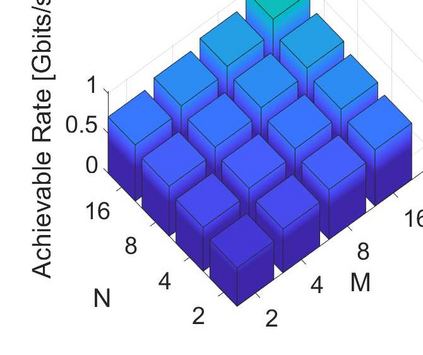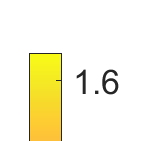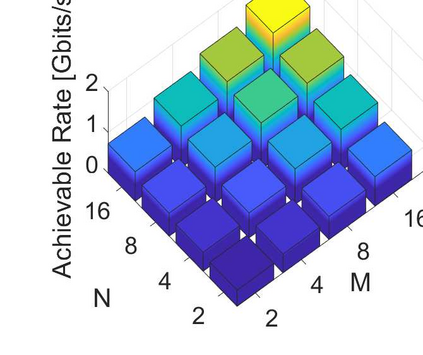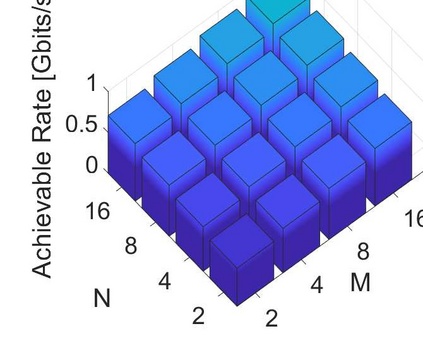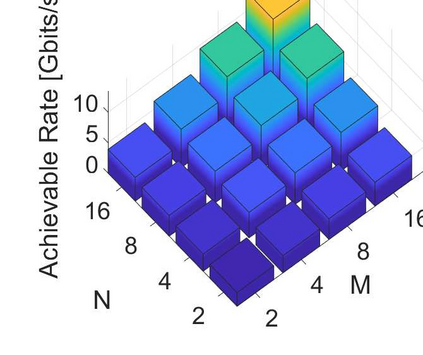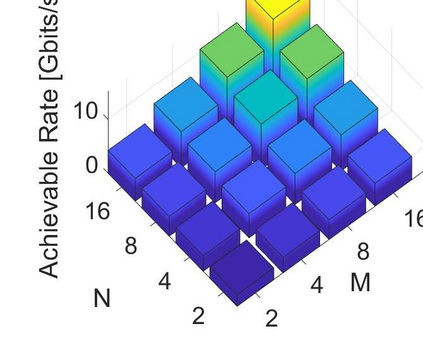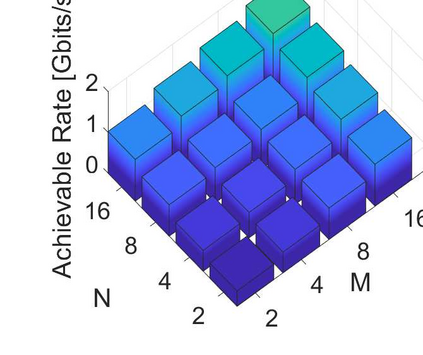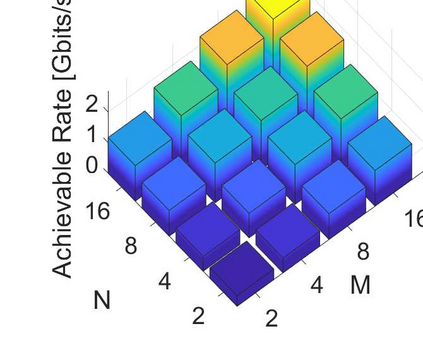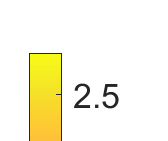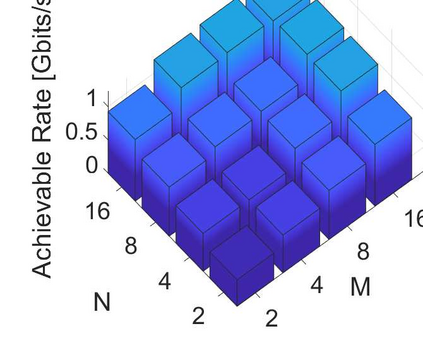We present a unified model for connected antenna arrays with a massive (but finite) number of tightly integrated (i.e., coupled) antennas in a compact space within the context of massive multiple-input multiple-output (MIMO) communication. We refer to this system as tightly-coupled massive MIMO. From an information-theoretic perspective, scaling the design of tightly-coupled massive MIMO systems in terms of the number of antennas, the operational bandwidth, and form factor was not addressed in prior art and hence not clearly understood. We investigate this open research problem using a physically consistent modeling approach for far-field (FF) MIMO communication based on multi-port circuit theory. In doing so, we turn mutual coupling (MC) from a foe to a friend of MIMO systems design, thereby challenging a basic percept in antenna systems engineering that promotes MC mitigation/compensation. We show that tight MC widens the operational bandwidth of antenna arrays thereby unleashing a missing MIMO gain that we coin "bandwidth gain". Furthermore, we derive analytically the asymptotically optimum spacing-to-antenna-size ratio by establishing a condition for tight coupling in the limit of large-size antenna arrays with quasi-continuous apertures. We also optimize the antenna array size while maximizing the achievable rate under fixed transmit power and inter-element spacing. Then, we study the impact of MC on the achievable rate of MIMO systems under light-of-sight (LoS) and Rayleigh fading channels. These results reveal new insights into the design of tightly-coupled massive antenna arrays as opposed to the widely-adopted "disconnected" designs that disregard MC by putting faith in the half-wavelength spacing rule.
翻译:我们展示了一个连接天线阵列的统一模型,在大规模多投入多输出多输出(MIMO)通信的背景下,使用大量(但有限)紧密结合(即结合)的天线阵列,在一个紧凑空间的紧凑空间(即多输入多输出多输出(MIMO)天线)天线上,我们把该系统称为紧密结合的大型MIMO。从信息理论的角度来看,从天线、操作带宽和形式因素的数量来看,扩大紧密结合的大型MIMO系统的设计规模,从而在先前的艺术中未触及到这一点,因此无法清楚地理解。我们利用基于多端电路路理论的远端(FF)MIMO通信实际一致的模型方法来调查这一开放式研究问题。我们这样做时,我们把相互联动(MC)的系统从一个尖锐的云层(Foft)变成一个朋友的MIMIMO系统设计,从而推动MC的缓解/commissional 宽宽宽度设计。我们用“宽度”的线阵列新增加一个缺失的MIMO增量。此外,我们用在最短的轨道上,我们用最优化的直径节距的天线阵列(我们用最短的阵列的阵列的阵列的阵列的阵列的阵列的阵列的阵列的阵列的阵列的阵列的阵列的阵列的结果进行分析分析, )在高的阵列的阵列的阵列的阵列的阵列的阵列的阵列的阵列的阵列的阵列的阵列的阵列的阵列的阵列的结果。



